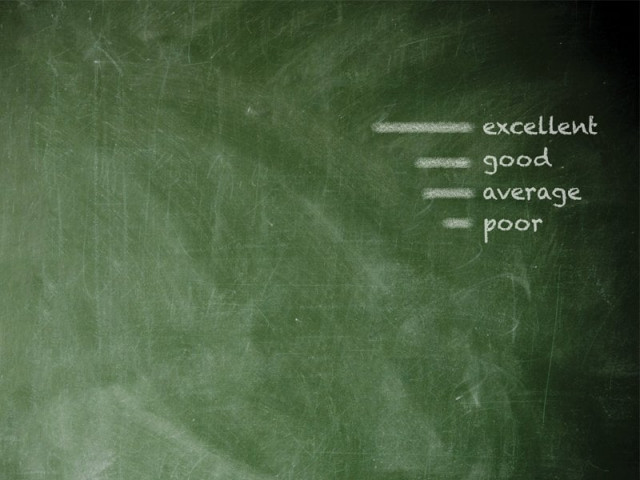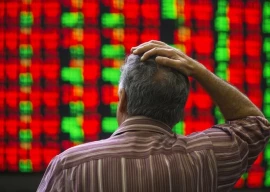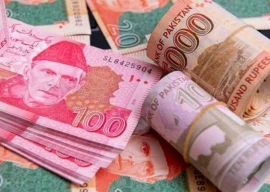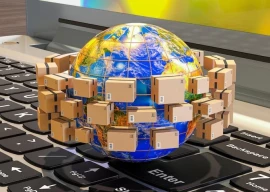
According to the Environmental Assessment Report 2006 of the World Bank, Pakistan bears a cost of around Rs249 billion per year due to environmental degradation and damage. A recent Sustainable Development Policy Institute (SDPI) report on multidimensional poverty revealed that one-third of households live below the poverty line, which means that 58.7 million Pakistanis are deprived of basic necessities.
In addition to these, the SDPI report suggests that 48.6% – almost half – of the population is food-insecure. It is estimated that these figures may have grown 10% immediately after the 2010 floods.
From the experience of Pakistan and other developing countries, it can be inferred that the “period of high economic growth occurred at the expense of macroeconomic stability, but it did not produce the desired outcome with regard to poverty reduction in a sustainable manner.” This poses some questions: for example, how can we make growth more inclusive? How can we ensure that the dividend of growth is accessible to a large segment of the population? How can policymakers stimulate market-led growth while protecting the environment and vulnerable segments of society?
Pakistan had a growth rate of 3.7% in 2011-12. With this level of growth, it cannot meet its challenges in the near future. It is lagging far behind its neighbours, such as India and China, who are growing at high rates of 5.2% and 7.9% respectively. There is a huge gap in revenue and expenditure as well.
The country needs to move towards a ‘green economy’ and development, because the current economic model has no capacity to protect the environment and future generations.
Of course, Pakistan, which has a very low position in the GHG emission index, has the opportunity to shield itself from huge losses and damages from climate change if it adopts a green production mechanism.
In order to ensure food security in the short as well as the long term, there is an urgent need to shift towards sustainable agricultural practices, including integrated water management to ensure sustainable rural development, including investment in sustainable agriculture, support for small and landless farmers, especially women farmers, and integrated rural development programmes.
As Pakistan is the most urbanised country in South Asia, the government should undertake reforms and policies for sustainable urban development, including urban design, land use management, vertical development to limit urban sprawl, definition of city limits, sustainable transport systems based on public transport instead of proliferation of private transport, sustainable waste management, energy-efficient building designs and good governance.
The writer is a public policy analyst and consultant at the Sustainable Development Policy Institute Islamabad
Published in The Express Tribune, February 11th, 2013.
Like Business on Facebook to stay informed and join in the conversation.


















COMMENTS
Comments are moderated and generally will be posted if they are on-topic and not abusive.
For more information, please see our Comments FAQ